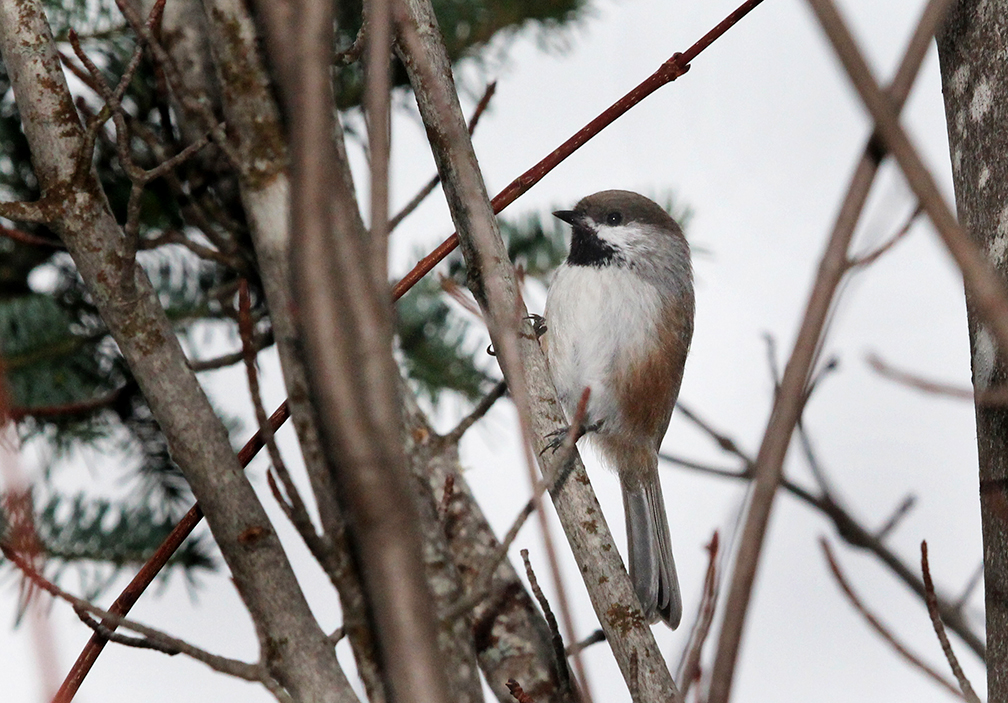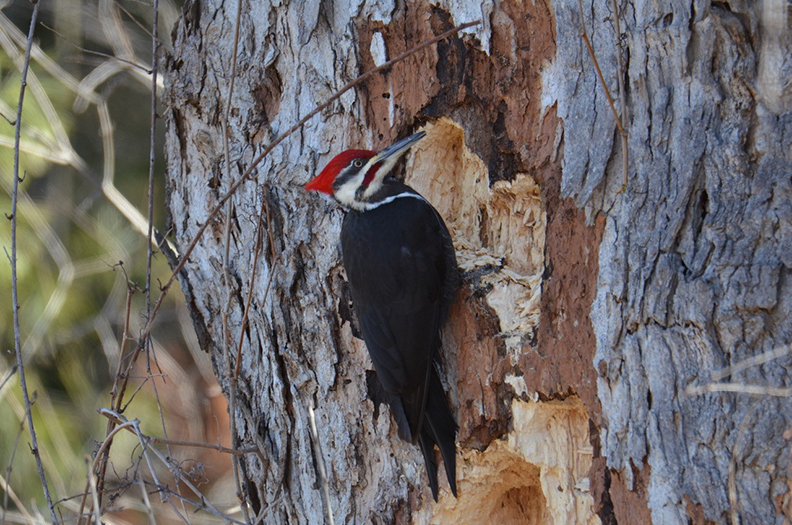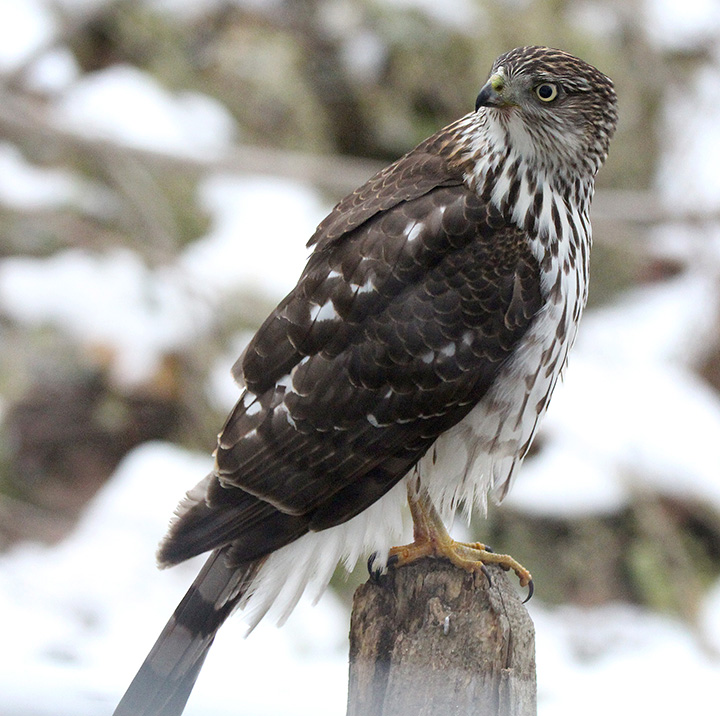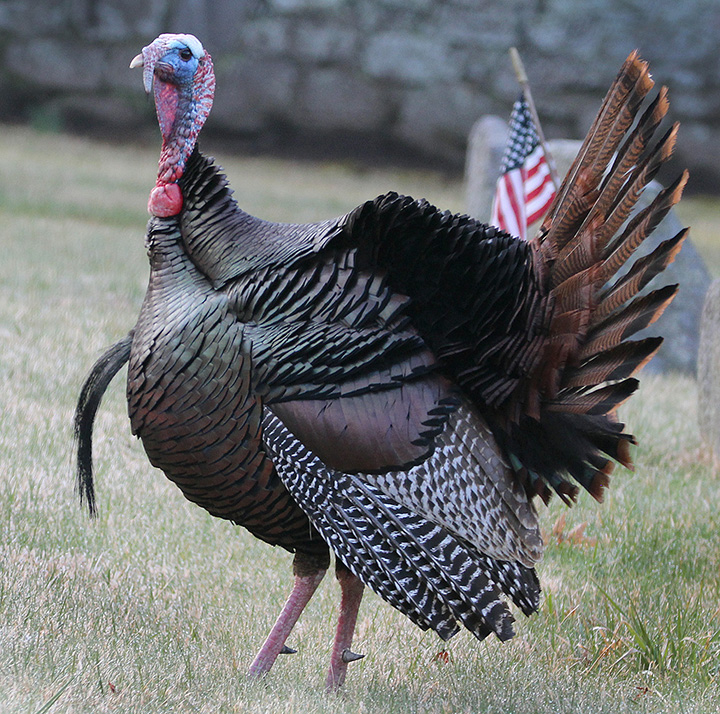More Christmas Bird Count

PHOTO: For the first time, some boreal chickadees were found in southern New Hampshire Christmas Bird Counts. CHRIS BOSAK PHOTO

by Chris Bosak
Weirs Times Columnist
It was a year of firsts and high numbers for many Christmas Bird Counts across the Granite State.
Significant firsts included boreal chickadees on the Peterborough-Hancock Count, a red-headed woodpecker and long-tailed duck in Keene, and a gray catbird in Laconia. Not to mention the sage thrasher found in Hinsdale during the Brattleboro (Vermont) count.
Keene, part of the original Christmas Bird Count in 1900, boasted a record 62 species of birds found. That topped the previous record of 61, which had been recorded four times.
The Christmas Bird Count is the nation’s longest-running community science bird project. It was originally proposed by Frank Chapman, who encouraged people to count birds instead of kill them during the traditional Side Hunt. In 1900, the first CBC took place and included 27 birdwatchers in 25 different areas. There are now hundreds of areas covered throughout North America and thousands of volunteers doing the counting. There are more than 20 counts in New Hampshire alone and a few Vermont counts that include parts of the Granite State.
Phil Brown, the compiler (or organizer) of the Keene Count, said the 9,478 individual birds counted on that overcast day in December was also a record high. While red-headed woodpecker and long-tailed duck showed up for the first time, yellow-bellied sapsucker, swamp sparrow and rusty blackbird made their second or third appearances.
In Peterborough, birdwatchers tallied 52 species (the record is 55) and more than 6,000 individual species. The highlight of the count was the first-ever recording of a boreal chickadee for the Peterborough-Hancock CBC. In fact, two were found on count day. Record high numbers of red crossbills, white-winged crossbills, northern cardinals, red- and white-breasted nuthatches, titmice, merlin, red-shouldered hawks and Cooper’s hawks were also found.
Pam Hunt, compiler for the Laconia count, was surprised it took this long to find a gray catbird on a count that has been going on for 70 years. But it’s finally in the books. Laconia birders found a total of 57 species, aided by some open water that yielded several waterfowl, including 12 bufflehead.
In all, 25 birders braved the weather in and around Laconia. Hunt said it was cold and windy, which may have kept some birds hunkered down. Hunt said she also missed the sense of camaraderie that usually accompanies the CBC, but COVID restrictions forced the birders to spread out and cancel the traditional in-person compilation.
Hunt noted a nice mix of northern finches being found on the count, including pine grosbeak and common redpoll, which were widespread. Birders did find 12 evening grosbeaks, but Hunt thought that number would be even greater as the handsome finches have been fairly prolific throughout New England this winter. Both crossbills were found as well.
The Laconia count also boasted record-high numbers of red-tailed hawk and bald eagle, although only one American black duck was spotted.
Congratulations and thanks to all the birders who participated in the Christmas Bird Count. These birdwatchers make a significant contribution to the study of bird populations. If you missed the CBC, don’t forget about the Great Backyard Bird Count coming up in February.
Chris Bosak may be reached at chrisbosak26@gmail.com or through his website www.birdsofnewengland.com



